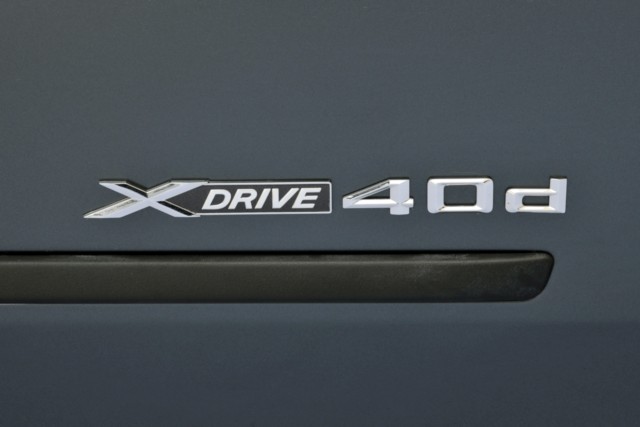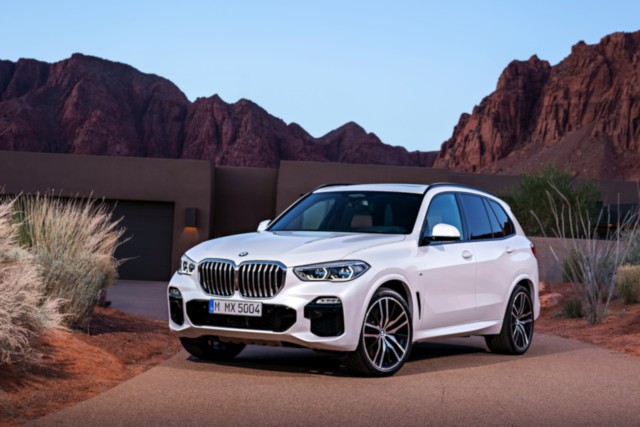The new BMW 40d engine specification has gone mild hybrid and operates with injection pressures of up to 2,700 bar.

Diesel engines keep getting cleaner and more powerful, consistently approaching their zenith with present and near-future technologies bringing in more ways to clean up and deliver even more performance and efficiency per drop. The latest news comes from Bavaria and the BMW 40d specification. The 3.0-litre in-line six-cylinder engine in its new ’40d’ guise gains more tech and improves on its power and torque delivery – up from 326 hp and 680 Nm to 340 hp and 700 Nm – and also gains a mild-hybrid system to improve its overall efficiency.

Making its début in the new X5 and X6 in xDrive40d guise, above the 265-hp 30d but below the 400-hp quad-turbo M50d, the new 40d 3.0-litre diesel engine uses two-stage turbocharging, common-rail piezo direct injection with injectors that features a new pressure sensor directly integrated into them, deliver fuel at up to 2,700 bar for as many as 10 injections per cycle. This means of precise dosing translates to exceptional precision, cleaner combustion, as well as lower fuel consumption and emissions. The peak output of the engine is now 340 hp at 4,400 rpm and 700 Nm of torque that peaks between 1,750 and 2,250 rpm. An eight-speed automatic transmission sends the power to the xDrive all-wheel drive system.
The mild-hybrid system, which integrates the 8-kW (11 hp) motor-generator, assists the engine in stop/start situations and acceleration. Thanks to this additional output, the engine is able to run particularly frequently at constant speeds within an efficiency-optimized load range that reduces consumption peaks. Furthermore, the “sailing” function makes it possible to not only disconnect the diesel engine during the phase but also to switch it off entirely for maximized fuel savings. The X6 xDrive40d promises a fuel efficiency figure of as much as 17.2 km/l and as low as 153 g/km of CO2.
Furthermore, the BMW 40d engine gets two-stage exhaust gas treatment for oxides of nitrogen (NOx), introduced as a standard feature on diesel models in 2012, has been further developed. Now located closer to the engine, it now comprises an oxidation catalyst and an catalytic reduction coating on the particulate filter. For optimum reduction, a second dosage unit has been integrated at the outlet of the SCR (selective catalytic reduction) system. Thus, both the new BMW 40d cars, X5 xDrive40d and X6 xDrive40d, both already comply with Euro 6d emission regulations not set to be implemented until 2021.
This engine specification should soon be introduced in the 5 Series executive saloon, 7 Series luxury saloon and the X7 luxury SUV as well. The mild-hybrid system is expected to be adopted on the other six-cylinder specifications as well as four-cylinder engine lines. We expect the new BMW 40d models to be introduced in India soon.




















Leave a Reply